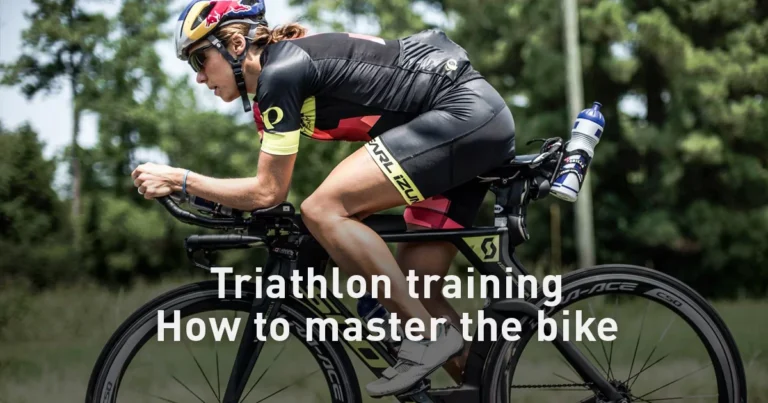A champion triathlete builds his racing skills in other arenas
Triathlon competition demands multiple skills from endurance to strength to speed. Ironman champ Evan Evans discusses his own route to triathlon excellence and how a balance of training, recovery, and mindset leads to peak performance.
If you’ve always thought size and strength were the main requirements for successful triathlon performance, then take a closer look at some leading athletes in today’s multi-sport arena. You’ll find that larger competitors often work harder than others to excel in specific segments. At the first annual Nautica South Beach Triathlon in Miami Beach, we caught up with Evan Evans, one such athlete who continues to defy expectations with discipline and smart training strategies.
On the Path to Competitive Multi-Sport
“I started swimming competitively when I was five – and kept swimming through high school. Then in college, I was an All-American water polo player. I actually did my first competitive triathlon at age 15, just to see if I could complete it. Obviously, I was a good swimmer, and I had been a cyclist for a long time. But I was a horrible runner, I never lasted. So the first two legs of the race went well, but with the run I just survived.”
Between ages 15 and 23, Evans competed in one or two triathlons per year, testing himself for endurance and mental toughness. “After college, I turned to triathlons full-time. I’ve been involved in many sports—windsurfing, kitesurfing, whitewater kayaking, mountain biking. I’m into pretty much any extreme sport out there!”
Such cross-training reflects what many sports scientists have noted—athletes who vary their training build greater resilience and balance. According to research from the National Institutes of Health, multi-sport athletes often exhibit improved neuromuscular coordination and fewer overuse injuries compared to single-sport specialists.
Using Both Natural and Developed Skills
“Running is my weakest of the three. Genetically I’m not the smallest—at 6’2″ and 200–205 pounds. Most serious competitive triathletes are in the 135–150-pound range, so I’ve got 50-plus pounds on most of these guys, and that’s a detriment in running. With swimming, the differences are negligible. With cycling, I’ve become very strong over the years because I have the power and muscle mass. I’m a decent runner for my size, but there aren’t many 200-pound runners who are fast.”
Evans’ training illustrates how to work with your natural build and develop compensating strengths—principles similar to those in Power Training for Natural Muscle and Definition, which emphasizes adapting strength routines to your unique physiology. “At 200 pounds and 4–5% body fat, I try to be the best I can with the tools I’ve got,” he adds.
Preparing for a Contest Season
“During a typical race season, I’ll compete in 12 to 15 events from April through October. You can only peak a few times a season—most pros focus on two or three major races where they hit 100%. The other races are stepping stones toward those big events.”
This focus on periodization—targeting specific peak moments—is a cornerstone of elite training. Athletes managing long-term schedules can benefit from smart recovery, flexibility, and structured mobility work, like the routines outlined in Stretches for Muscle Flexibility and Growth.
On Other Multi-Sport Favorites
“I also do Xterras—off-road triathlons combining swim-bike-run on rugged terrain. There are days I prefer mountain biking to the road bike, and vice versa. It keeps me mentally fresh and physically balanced.”
That mental balance is crucial for sustained performance. Incorporating mindfulness practices can help manage pre-race stress and improve focus, as seen in How To Meditate – a Simple Meditation Technique, which complements physical preparation by supporting recovery and concentration.


